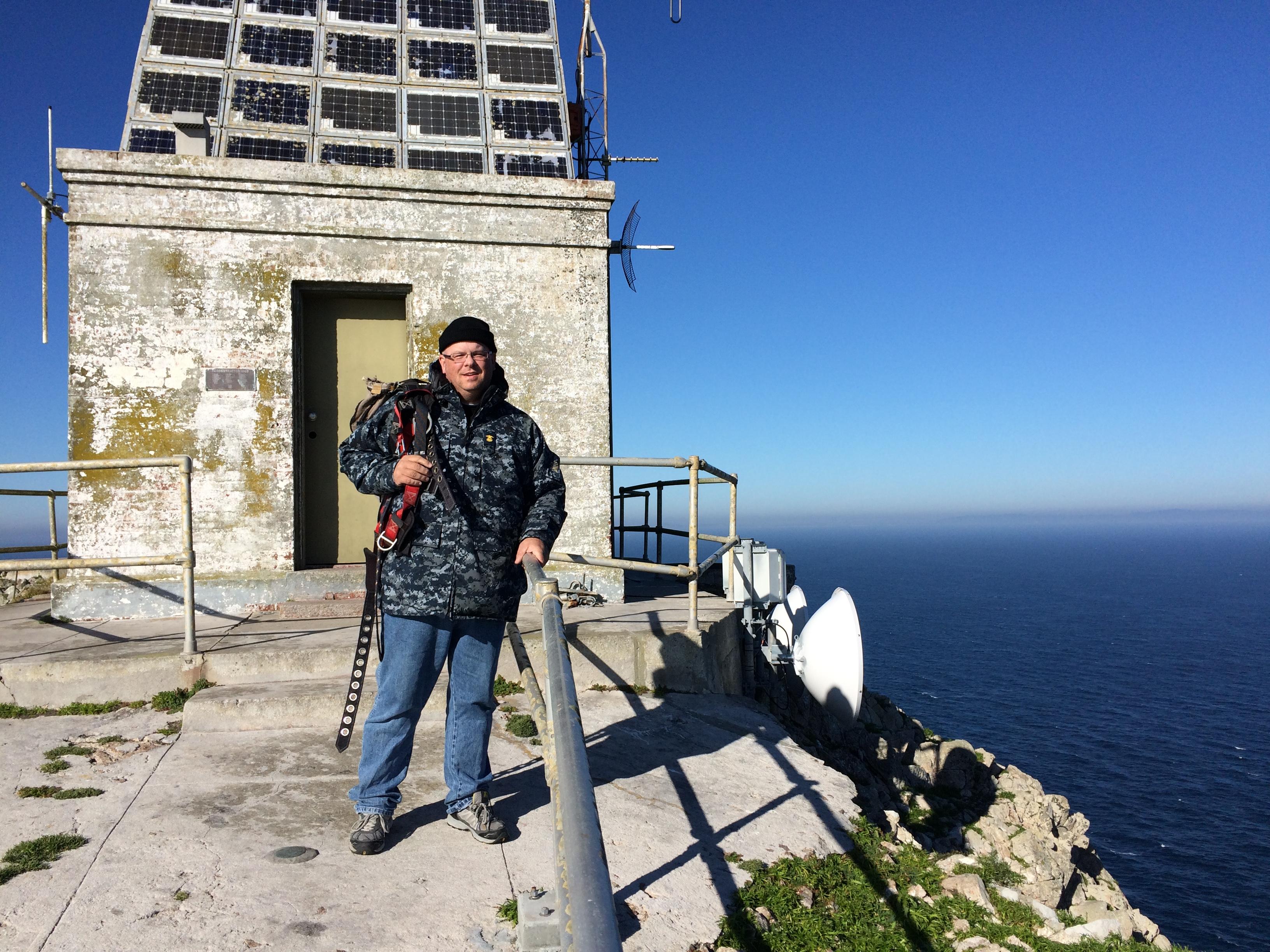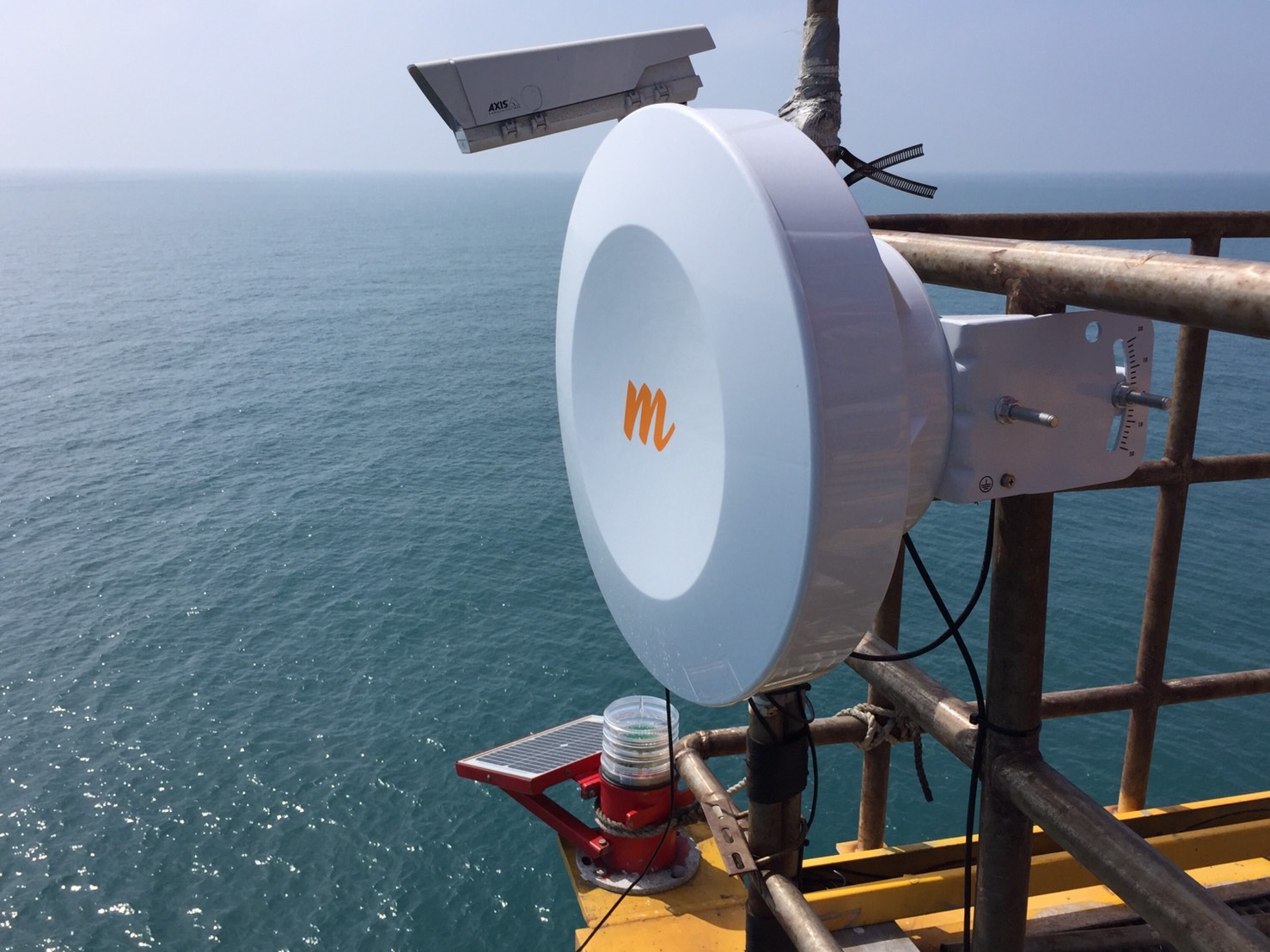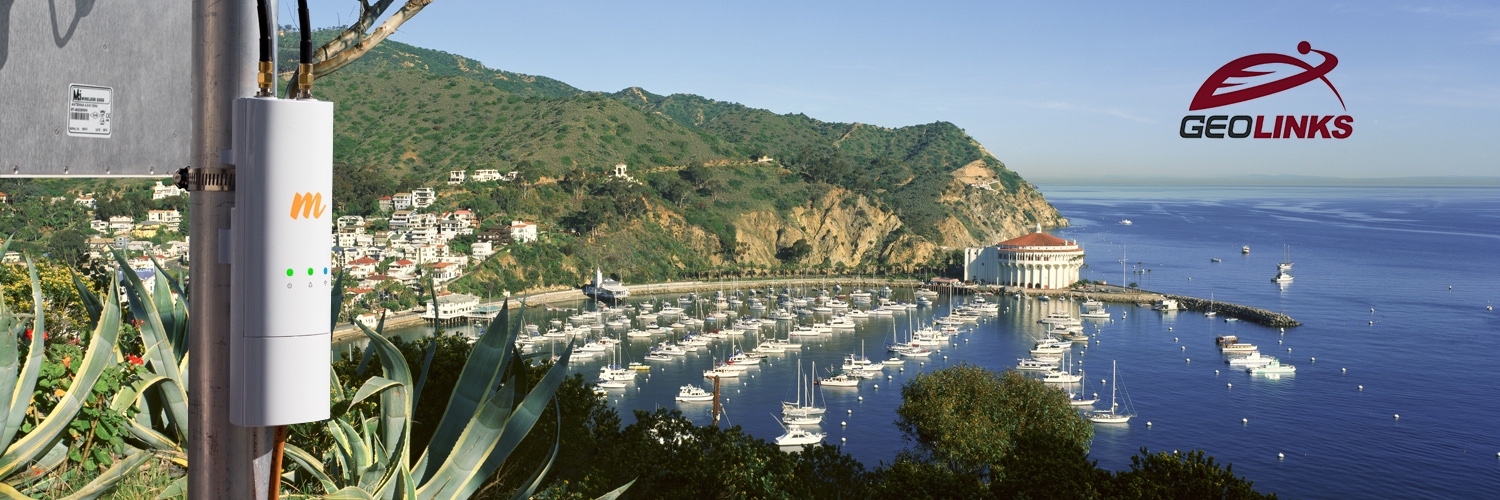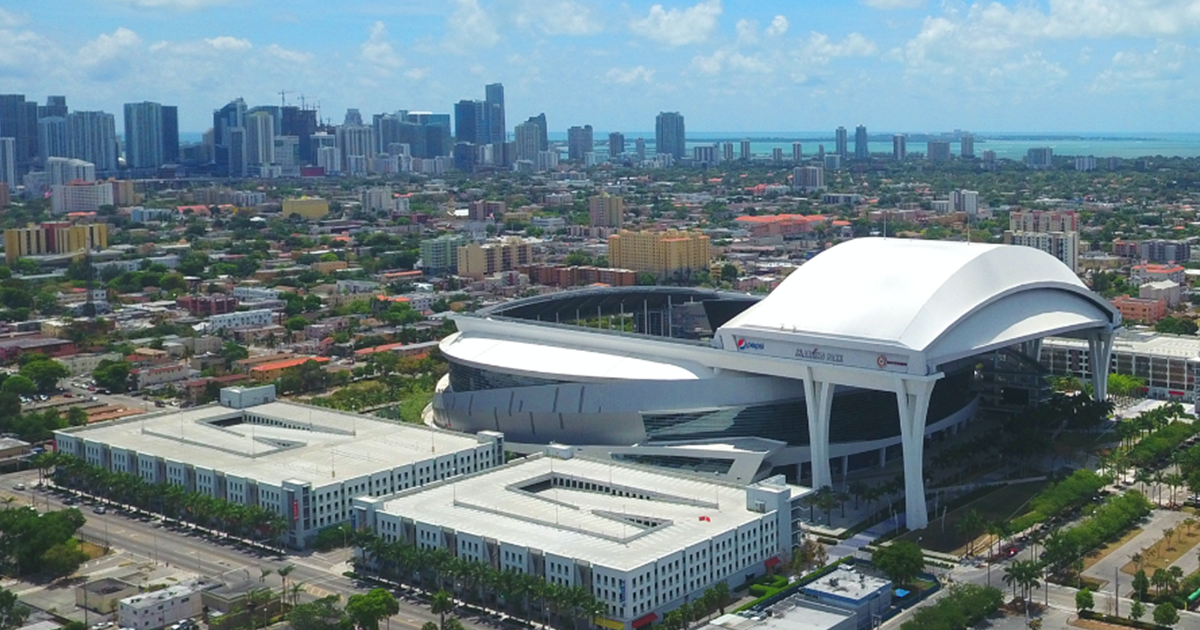Experience the perfect balance of performance and price with the new Mimosa C6x Lite Edition — built for today, ready for tomorrow.

It’s well known that Mimosa links can cover vast distances at high speeds, but did you know they can reliably traverse water, too? In recognition of World Oceans Day, we wanted to highlight some of our most unique over-the-water links.
It’s well known that Mimosa fixed wireless links can cover vast distances at high speeds, but did you know they can reliably traverse water, too? In recognition of World Oceans Day which highlights the need to protect and conserve the world’s oceans, we wanted to highlight some of our most unique over-the-water links.
Farallon Islands National Wildlife Refuge
Remote, rugged and off-limits to the public, the three island groups that make up the Farallon Islands National Wildlife Refuge (NWR) are located 30 miles west of San Francisco, California. With the largest seabird nesting colony south of Alaska, the largest colony of western gulls in the world and an important rookery for seals and sea lions, the Islands are key to the mission of for the U.S. Fish and Wildlife Service to conserve America’s fish, wildlife, and plants.

The Farallon Islands NWR hosts a permanent biological research station staffed with biologists from Point Blue Conservation Science (Point Blue) since 1967. Straddled with underperforming wireless equipment on the Island, the U.S. Fish and Wildlife Service worked with the City of San Francisco, the California Academy of Sciences and TwoP, a networking consultancy with a specialty in challenging network deployments, to deploy a more supportable architecture at the Farallon Islands NWR station. They required a primary and backup link over 31 miles of ocean between San Francisco and the Farallon Islands to support their partners at Point Blue, whose biologists live and work on Southeast Farallon Island year-round.
Together the partners selected four Mimosa B5c connectorized radios for the project. One of the key requirements was weather-survivability of the equipment and overall resiliency and reliability, given the extreme weather and remote nature of the installation. Their first priority was to feed the new HD camera for the California Academy of Sciences. Today there is a public webcam to view live activity around the island’s diverse ecosystem https://www.calacademy.org/webcams/farallones.
In addition, the network serves as the single outside world connection for Point Blue island staff and remote monitoring of critical safety systems, such as electrical, generator, and sewer infrastructure. Installed in December 2014, the links are still performing well, running at a PHY Rate of 360/400Mbps (near peak performance), running 1 x 40MHz channel.
“The Mimosa equipment has been extremely reliable, with no down time since installation,” said Jonathan Shore, Assistant Manager, Farallon Islands National Wildlife Refuge, U.S. Fish and Wildlife Service. “The Mimosa devices have been resilient enough to withstand the harsh elements that the Farallon Islands throws at them. Almost constant winds and salt spray have not been able to degrade this equipment in the last three years. We look forward to continued reliability and a maintenance-free status with Mimosa.”
Traffic on the link has only increased as the Mimosa installation continually proves to be both reliable and highly functional. The U.S. Fish and Wildlife Service has become dependent on the Mimosa link to maintain both a data and safety communication line with the Point Blue staff on the island. While the initial purpose of the link was to feed the live web cam, the U.S. Fish and Wildlife Service now considers the mission-critical Voice over IP and internet communications to be the primary purpose of the link.
One of the fastest-growing technologies for renewable energy generation, harvesting wind energy, is now moving offshore. Offshore wind technology has come a long way in a short time, and its widespread adoption is impressive, given the increased costs, risks and reliability requirements.
One such newly-constructed Wind Farm located in the Taiwan Strait looked to Mimosa to assist with operations including backhaul of key data. The Wind Farm worked with JCOMM, a reseller based in Taiwan, to evaluate various backhaul solutions. Together they selected Mimosa B5 backhaul radios based on their ability to reliably handle video and transmit at high speeds over open water. Deployed in a day, the B5 radios were deployed 10.5km apart using 5.8 GHz spectrum. The Wind Farm is seeing speeds of up to 300 Mbps on the links.

The employees at the Wind Farm routinely gather wind speed data, water level data, water flow data, videos and images for the purpose of research. In order to maximize wind turbine return on investment and minimize down time, access to critical data is required quickly, easily and without interference. The links are used to relay IP camera video traffic as well transmitting all the data collected on the Wind Farm platform for evaluation and backup purposes.
Using the Mimosa Design tool and Mimosa Cloud, JCOMM spent less than a day designing the network. Deployment of the links on the port and on the sea was straightforward and was simple to integrate with their existing equipment. The Wind Farm immediately used Mimosa Cloud to provide timely information for easier management.
“We were looking for a reliable solution for our Wind Farm,” said JY Tang of JCOMM. “Reliability was of key importance as any offshore deployment is exponentially more challenging to manage. Mimosa continues to exceed our expectations.”
GeoLinks, a California-based communications service provider, has teamed with Mimosa on a number of statewide projects to revolutionize internet access at underserved government, educational, and healthcare organizations.

On Catalina Island, for example, GeoLinks successfully deployed Mimosa’s fiber-fast broadband solutions to bring high-speed internet access to the island community for the first time in its history. Taking into account the unique location – 41 miles offshore – and leveraging the existing infrastructure, a team of engineers considered a number of advanced options to tackle the challenge of connecting the island to the mainland. GeoLinks selected Mimosa B5c connectorized radios for the over-the-water link and deployed Mimosa A5 access and C5 client devices throughout the harbor town of Avalon. Speeds on the island are typically 300 Mbps, and the ultra-fast broadband connection provides support for essential communications services, tourism services, and commerce.
Ahead of the MLB All Stars Game, Cintel deployed close to 50 Mimosa devices in Miami In under three weeks. Cintel deployed point-to-point backhaul and point-to-multipoint access devices, with much of the equipment located on mobile surveillance trailers throughout the city so they could be moved on demand. The network also features over-the-water links, from a high-rise apartment building in Miami Beach to a command post located downtown with blazingly fast bi-directional speeds of up to 250 Mbps.

Last year we authored a blog on an interesting 56 mile link we deployed over Monterey Bay in California. A diversity link is a link that can pick up signals on two different dishes, with feed horns configured exactly 11 feet apart vertically, and is ideally suited to handle thermal inversion deployments. We spent about two months designing the site and trying out several different configurations at the remote site to determine how to accommodate the long link. For more information on this link, see https://mimosa.co/blog/2017/deploying-a-diversity-link
We hope you found these case studies as interesting as we did! Do you have an interesting over-the-water link? We’d love to read about it! Send details to [email protected] - if your application is chosen, you will receive some special Mimosa swag! And don’t forget to do your part to protect our oceans. Healthy oceans provide 97 percent of the Earth’s livable habitat and are home to more than 700,000 species. Oceans are vital to human health, providing jobs and food to billions of people, and half of the oxygen we breathe is generated by our oceans.*
Happy World Oceans Day 2018!
*Source: Greenpeace